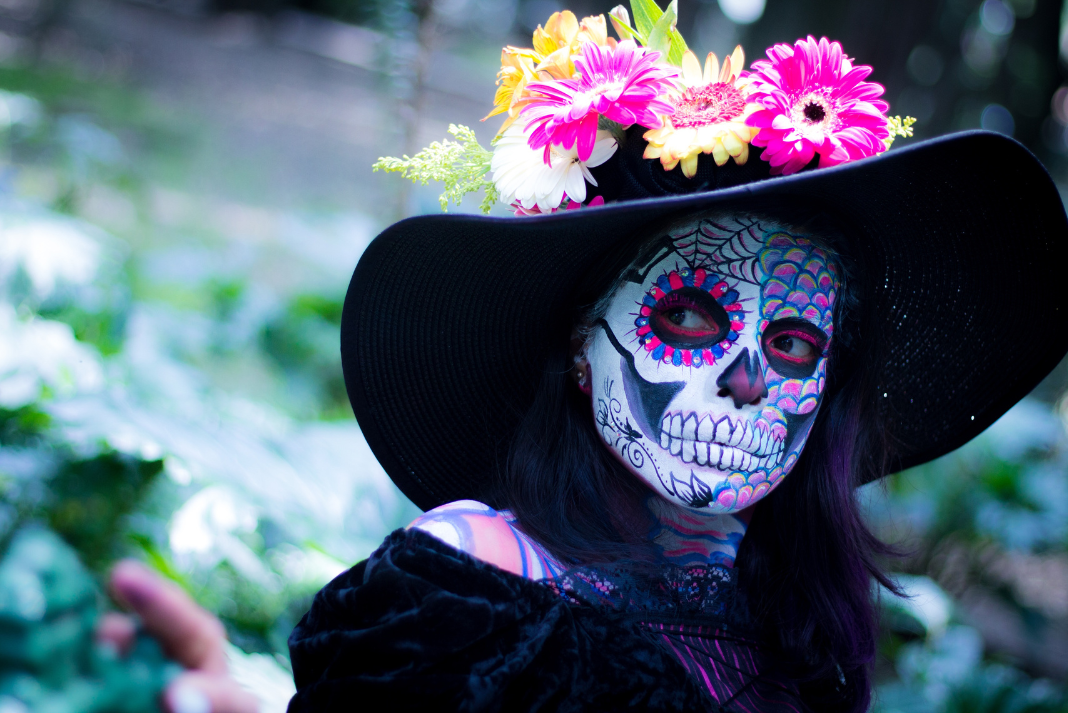Imagine the lush foliage of the forest rustling in the breeze. A vibrant burst of color catches the eye – the radiant hues of green. From the verdant valleys to the endless oceans, green permeates the earth.
This lively and refreshing shade, so often associated with the natural world, is a secondary color born of the union of two primary shades: the sunny warmth of yellow and the tranquil depth of blue. Follow us as we delve into the mesmerizing world of green, exploring its many moods, meanings, and magical properties.
A Beacon of Hope: The Renewing Power of Green
Amidst the chaos and uncertainty of the world, the color green shines as a beacon of hope and renewal.
With its ability to convey a sense of peace and tranquility, the color green is a beloved choice in interior design and fashion. Whether used to create a relaxing atmosphere in the home or to add a touch of serenity to an outfit, green has a unique power to soothe and uplift. In nature, green symbolizes growth and fertility, a promise of new beginnings and endless potential.
But green is more than just a soothing presence – it is a symbol of environmentalism and sustainability, a reminder of our connection to the natural world and our responsibility to preserve it for future generations. From the lush forests to the rolling hills, green reminds us of the enduring power of nature and inspires us to care for and protect it. Let the refreshing and renewing power of green invigorate your spirit and guide you towards a brighter future.
The science behind green:
In technical terms, green is typically defined as a wavelength of light in the electromagnetic spectrum with a range of approximately 495-570 nanometers. This range of wavelengths corresponds to the colors the human eye perceives as green.
In terms of color models used in digital design and printing, green is represented using the RGB (red, green, blue) color model. In this model, green is created by combining various levels of red and blue light, with green light added to the mix as needed to create the desired shade of green.
In the CMYK (cyan, magenta, yellow, black) color model used in printing, green is created by combining cyan and yellow inks. The specific shade of green will depend on the ratios of cyan and yellow used and the presence of other colors, such as magenta and black.
It’s also worth noting that the perception of the color green can be affected by various factors, such as the ambient lighting conditions and the colors in the surrounding environment, causing the same shade of green to appear differently under different circumstances.
Shades of green
There are many shades of green, each with its own unique characteristics and symbolism. For example, dark green is often associated with money, wealth, and stability, while light green is often associated with youth, innocence, and freshness.
The color green is also believed to have therapeutic properties, with some studies suggesting that it can help to reduce stress and promote relaxation. It is often used in hospitals and other healthcare settings to create a calming and soothing environment.
What colors make green: Top of Form Bottom of Form
To mix the colors and create green, you can use paints, colored pencils, or any other medium that allows you to blend the two colors. When you mix blue and yellow together, you will get a green color that is slightly more blue or yellow, depending on the amount of each color you use.
There are many ways to create different shades of green, and your exact method will depend on the medium you are working with. One way to create different shades of green is to mix different amounts of blue and yellow. For example, if you want a lighter shade of green, you can use more yellow and less blue. If you want a darker shade of green, you can use more blue and less yellow.
Another way to create the color green includes mixing blue and yellow together, mixing blue and yellow-green, or mixing yellow and blue-green. These methods allow you to create a wide range of green hues and more complex and nuanced shades of green. The specific green hue you create will depend on the specific shades of blue, yellow, and/or yellow-green, so experimenting with different shades and combinations can be a fun and creative way to explore the many different shades of green that are possible.
You can also adjust the shade of green by mixing in a little bit of red or black. If you want to create a darker or more muted green, you can mix in a small amount of red or black. Be careful not to add too much, as this can significantly change the overall color.
A color wheel is a useful tool that can help you find the perfect shade of green. A color wheel is a visual representation of the relationships between different colors, and it can be a helpful reference when you are trying to create specific shades.
The key to creating the perfect shade of green is to practice and experiment with different combinations of blue and yellow. The more you practice mixing colors, the better you will become at creating the shades you want. Don’t be afraid to try out different combinations and see what works best for your project.
There have been many artists throughout history who have been drawn to the color green and have used it prominently in their work. Some examples of artists who have used green in their art include:
- Vincent van Gogh: Van Gogh was known for his bold use of color, and green was one of his favorites. He used green to depict the natural world in many of his paintings, including “The Starry Night” and “Irises.”
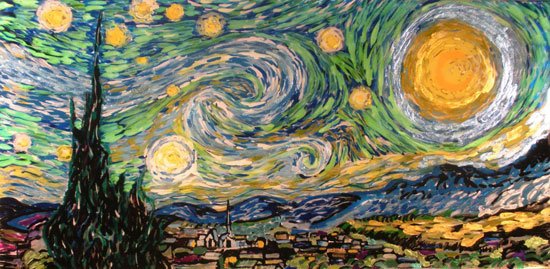
- Claude Monet: Monet was one of the leading figures in the Impressionist movement and was known for his love of color. He often used green in his paintings to depict the natural world, such as in his series of paintings of the water lilies in his garden at Giverny.
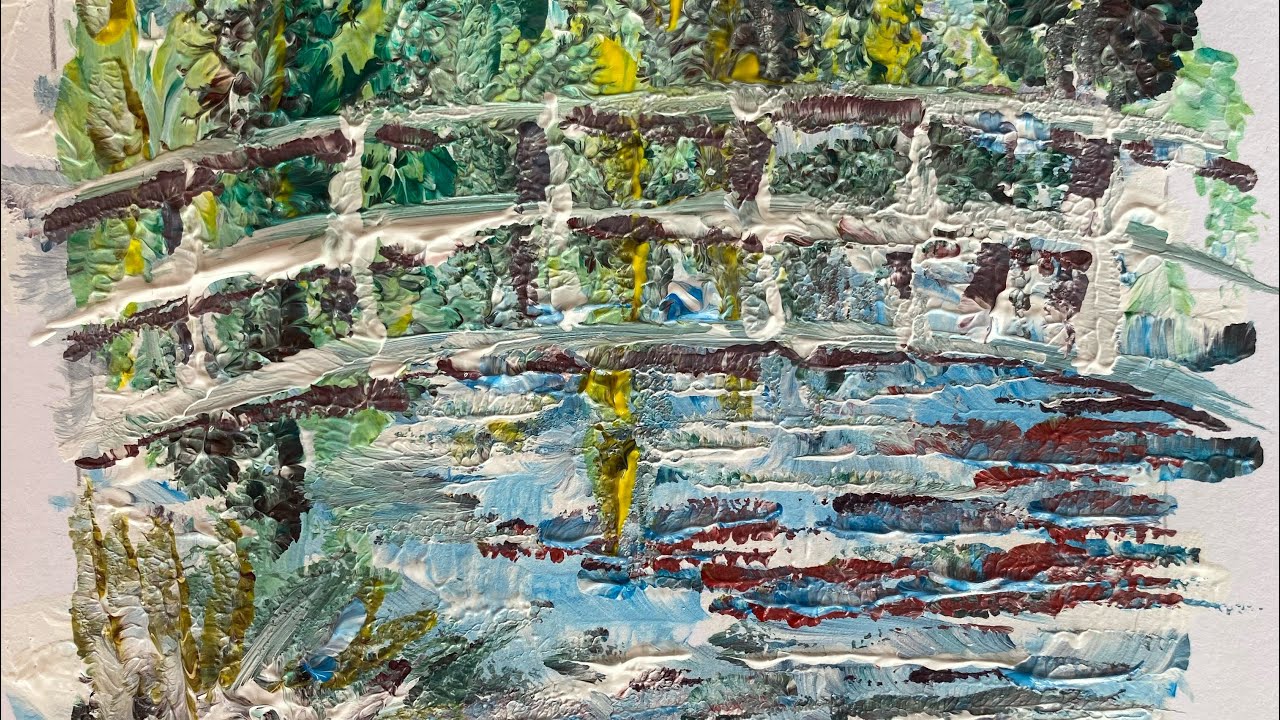
- Paul Cézanne: Cézanne was another artist who was drawn to the color green and used it frequently in his paintings. He used green to depict the natural world in many of his landscapes, including “The Garden at Les Lauves.”
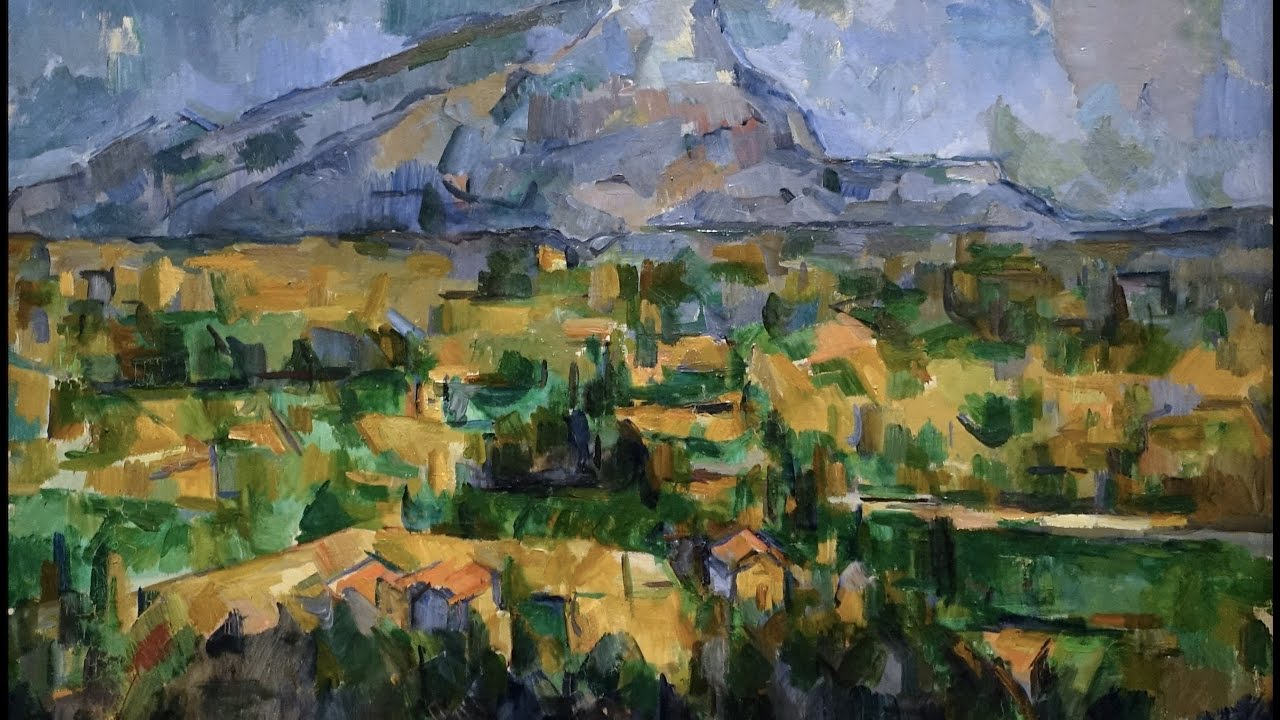
- Georgia O’Keeffe: O’Keeffe was known for her paintings of flowers, and she often used green to depict the leaves and stems of the flowers in her paintings.
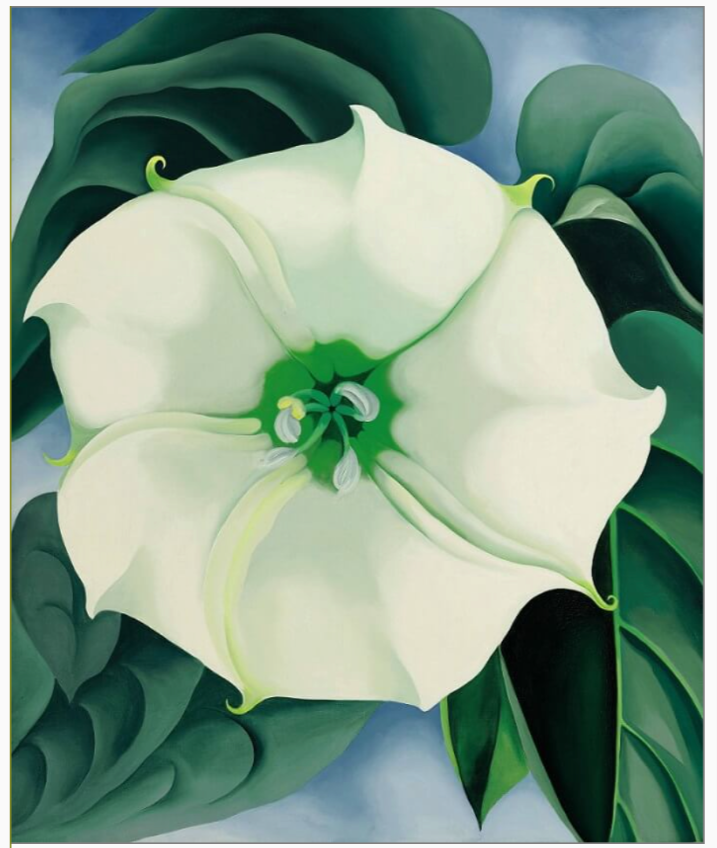
- Frida Kahlo: Kahlo was known for her colorful and vibrant paintings, and green was one of her favorite colors. She used green to depict the natural world in many of her paintings, including “The Two Fridas” and “The Dream.”
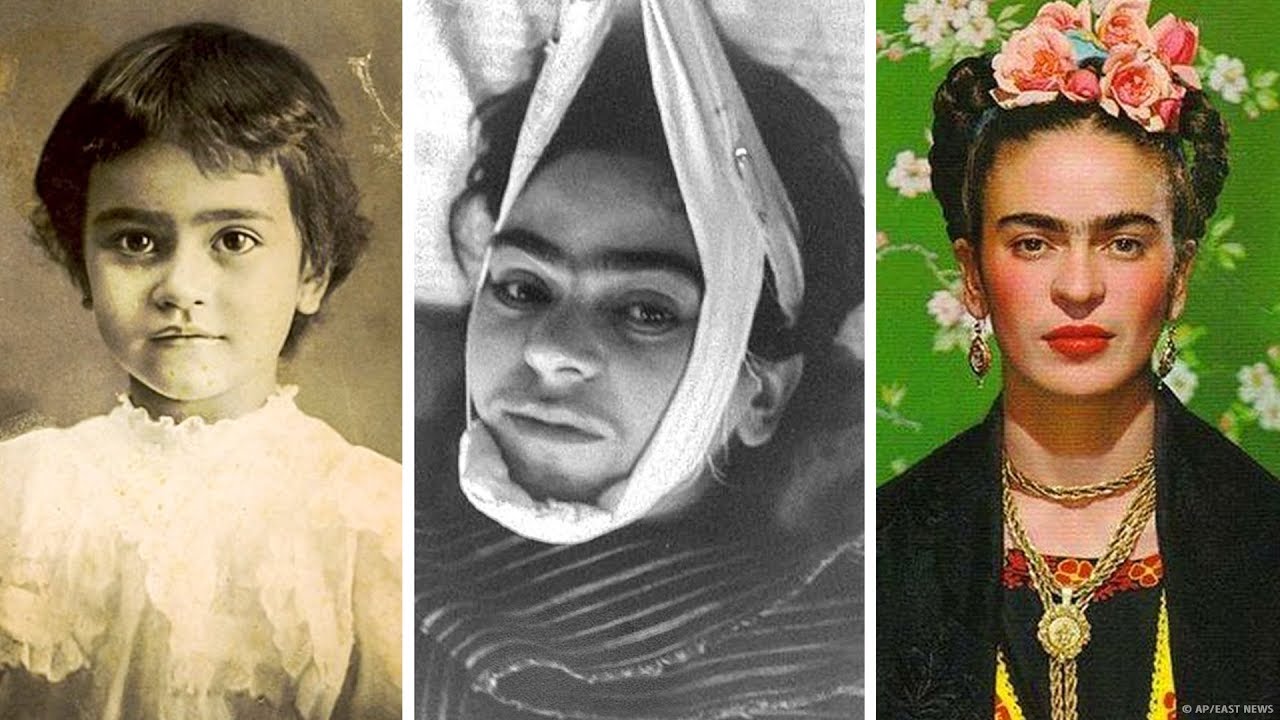
These are just a few examples of artists who have used green in their art. There have been many other artists throughout history who have also been drawn to the color green and have used it prominently in their work.
Tags: What colors make green

